The Bradford Pear Tree is a pretty white ornamental tree with beautiful blossoms. A grove of Bradford pears can look delightful, like a white fairland in the early spring. Then why are so many people against the idea of planting a Bradford pear tree?
This tree is an invasive species with a list of problems you’d never believe. From funky-smelling flowers to poisonous fruit, there’s a reason why the Bradford pear tree is banned in many places.
Image credits: Joshua Crawford.
Before you end up with a grove of Bradford pears and some grumpy neighbors, we can help you understand more about the tree. You will then be able to avoid the common Bradford pear tree problems. Let’s first take a look at how this tree came to be.
History of The Bradford Pear Tree and Why It Is Harmful
The Bradford pear tree, native to China, was introduced in the mid-1960s by the U.S. Department of Agriculture as an ornamental plant. It became a popular variation of the Callery pear (Pyrus calleryana) through selective breeding. This tree species was the favorite of landscapers and municipal planners because it had beautiful white flowers, grew fast, and was free of pests and diseases.
Slowly, there were a lot of shortcomings, and it became known as a plant you wouldn’t want to have in your garden. This ornamental fruit tree grew too big to nearly 40–50 feet. The flowers produced a sickening smell. The tree had a weak branch structure, and they would often break very easily. Bradford pear trees would fall apart within 20 years. If you went to cross-pollinate the trees, they would choke out native plants.
Image credits: shogun.
Bradford Pear’s Characteristics
- The Bradford pear tree fruit is produced late in the year. These little berries are small, round, and inedible.
- This fruit tree can grow up to 40 feet in height and live for 15–20 years.
- Bradford pear trees produce white blossoms about a half-inch in diameter. They bloom between February and May.
Here are some more reasons why Bradford pears are considered dangerous.
Common Problems Associated With The Bradford Pear Tree
Planting Bradford pear trees on your property might result in structural damage, suffocating other plants and trees, and even personal injury. These are some reasons to avoid planting it:
1. Bradford Pears Are an Invasive Species
This is a fast-growing tree, and it becomes difficult to control the spread once it takes root. It is considered an invasive exotic pest since it invades natural habitats and out-competes native trees for water and nutrients. The native species die as a result of this. Since the trees also don’t provide food for insects, it can affect the ecosystem.
Image credits: shogun.
The tree was initially considered seedless and sterile since the flowers don’t pollinate among themselves. But these Chinese Callery pears began cross-pollinating and forming fruit and viable seeds.
2. Pyrus Calleryana Can Only Cross-Pollinate
Callery pears do not like to pollinate among themselves. They cross-pollinate with multiple species, resulting in these ornamental pears proliferating exponentially across the environment. The Bradford pear tree may be beautiful, but consider the amount of biodiversity lost due to its rapid spread.
Image credits: WFranz.
3. The Bradford Pear Tree Smell Is Pungent
This flowering tree’s stench is not something you want to mess with. Some smells associated with the white blooms include rotting fish and bodily fluids. When this flower emits an odor in some regions, it is a sign that spring has arrived. Trust us, you won’t want that tree in your yard because it can be one of the worst things you’ve ever smelled.
Image credits: Nennieinszweidrei.
The pink or white flowers release this foul smell to attract pollinators such as blowflies. Don’t you wish there was a better way to go about it?
4. Callery Pears Are Very Brittle
These trees are more susceptible to damage due to their branch structure. Although the trees grow symmetrically, the heavy branches grow at narrow angles and are exceptionally weak. The tree limbs diverge from a single point on the trunk, and it cannot handle the weight.
This type of growth is called ‘codominant,’ leading to a weaker tree than usual. When the tree matures, snow, ice, or a mild breeze can cause it to fall apart.
Image credits: Tim Mossholder.
The Bradford pear tree leaf and branch structure is so fragile that the tree does not survive for long. This can be a safety hazard because the tree could collapse on a person, car, or house. If you find a fallen Bradford pear tree, you could turn the tree branches into art (once you ensure the smelly flowers aren’t lurking nearby).
5. Planting Bradford Pear Trees Might Be Banned by Your State
Due to the environmental problems associated with the Bradford pear tree, many states have banned their growing, selling, and planting. In the United States, Ohio was the first state to enact a ban on these trees. If you want to confirm whether there is a ban in your state, you should contact your local cooperative extension office.
6. The White Bloom Hides Hardy Thorns
The Bradford pear tree has thick thorns that can’t be mowed easily. These impenetrable thickets choke the life out of other plants like hickories, dogwoods, oaks, etc. The thorns are 4 inches long and cannot be mowed down by traditional tractors because they can shred the tires. Steel-tracked dozers are the only ones effective at controlling these thorny thickets.
Image credits: Mack’s Apples.
During the growing season, other plants are likely to suffer due to the invasiveness of this tree. They grow the same way as Kudzu and are equally as deadly. The root system and foliage of the Bradford pear tree are dense. Due to the deep shade created by the tree, lawn grass and other plants cannot grow easily. This will leave the soil bare.
7. Japanese Pear Rust Infection
There is a fungus that affects Bradford pear trees. It is called Japanese pear rust, which resembles a bright orange fuzzy coating on the pears and leaves. These orange spikes come from the fruit and can fall on your lawn. This is when you know that the tree is diseased or damaged.
Image credits: The-Logic-Knight.
But, in some cases, appropriate fungicides can help reverse the damage of this disease. Since it doesn’t occur very regularly, it might even help to wait it out for the rest of the growing season.
Like the Japanese pear rust, fungi might be annoying and, in some cases, downright creepy, like the dead man’s fungus that always startles people.
8. Fire Blight Disease
Image credits: summerer6911.
Fire blight is a common disease affecting the Bradford pear tree. Rain, wind, insects, or unsterilized tools can spread it. This disease can make the Bradford pear tree sprout with wilted leaves and damaged branches. The affected leaves keep falling off until the tree becomes almost bare.
9. Bradford Pear Tree Fruit Is Poisonous
A young Bradford pear tree produces large amounts of fruit. But this fruit is not edible. Humans cannot eat it, and it is incredibly poisonous for dogs. If you are a dog owner and have this tree in your yard, it should be pruned to remove the fruits or cut down completely. This will help protect your pet.
Image credits: Levi O’Brien.
When mowing the lawn, you might also face issues because the hard fruit can get stuck. If the lawn mower doesn’t work, you may have to get creative and have a goat munch on your lawn instead. Or is that too bizarre?
10. Leaf Spot Disease
Leaf spot disease is another common issue based on how much you water your Bradford pear tree. You can help your plant by controlling the moisture level the tree is exposed to. Pay attention to whether it has yellowing leaves rather than dumping a gallon of water on it.
Image credits: Pexels.
The fungal growth has spread if the dying leaves are covered in red or brown spots. You can stop the spread of this infection with the correct fungicide.
All of these problems can make the Bradford pear tree a tiresome menace. Removing it before it causes structural damage is best if you have it on your property. This is what you can do.
How Much Does It Cost to Have a Bradford Pear Tree Cut Down and How Do You Do It?
If you decide to take action and remove the Bradford pear tree, there are two ways you could go about it. The first would be to hire a professional to do it for you. This could cost anywhere between $500–1000.
Image credits: Doug Miller.
The second way would be to do it yourself. Fair warning: this can be time-consuming and difficult as well. Follow these steps to cut down the Bradford pear tree:
- Clear the area under and near the tree because it can collapse quickly, and you won’t want to get hurt or damage your property.
- Use an ax or saw to cut down the tree.
- Ensure to grind out the root; do not leave a stump in the ground. The Bradford pear tree’s roots are hardy, and shoots can reappear for two years after they’re cut down.
- You can drill a hole in the roots and pack salt into them for extra measure.
- Consider planting alternatives to the Bradford pear tree.
This tree is highly invasive and powerful. It keeps most of its energy in the shoots and roots, so it may grow back even after being cut down. Dig up all the roots, or you’ll be stuck with a Bradford pear tree devouring random objects and other trees around it.
Let’s say all these problems and issues with the Bradford pear tree haven’t scared you away. If you are brave enough to grow one on your property, here are some ways to look after it.
How to Care For The Bradford Pear Tree
We have only been looking at the negatives of the Bradford pear, but its canopy does help with air pollution, intercepting rainfall, and reducing the temperature. This is what you can do to care for it:
Prune the Leaves
Pruning Bradford pear trees is a great way to keep the tree in control. You can start to prune when the trees are young. If you wait until the tree is older, the size of its branches can look unsightly. The best time to prune is when the tree enters dormancy during fall.
Image credits: HWDsouthDIY.
Use your pruning tools to remove sucker limbs, branches that are too close, or vertical branches. Cut off the dying and wilting leaves. Remember that the Bradford pear trees need a strong trunk with well-spaced branches growing at a 45-degree angle. You can chop the branches off if you notice the tree spreading close to power lines or your roof.
Lastly, you should watch for diseases or fungal infections on the tree. Treat the stump with potent herbicides to avoid further problems.
Here are some common questions about caring for a Bradford pear tree. Use these plant care tips to grow a healthy tree.
What Is the Best Fertilizer for Bradford Pears?
Spring and fall are the best times to apply manure or fertilizers to the tree. Don’t use too many nitrogen-rich fertilizers because it can make the tree vulnerable to diseases. Since the Bradford pear tree is prone to a boron deficiency, you can apply a spray of 0.1% boric acid if you observe cracked fruits.
Pro tip: do not fertilize the tree during hot or dry times because it can stimulate growth. The tree might need more water, which won’t be available in the dry soil.
Can You Overwater a Bradford Pear Tree?
This tree is a drought-resistant plant that does not need additional water. It is best to water the tree once a week. Ensure that the topsoil does not seem too moist; otherwise, it will lead to root rot. An overwatered Bradford pear will have wilting or yellowish leaves.
You will find brittle and crisp leaves on an under-watered tree. You can put your fingers in the soil and check if it is too dry. This will signal that you need to add more water.
Here are some watering steps you can follow based on the soil type:
- 1 inch of water weekly if the soil drains fast
- 2 inches of water weekly if the soil is sandy
- ½ inch of water weekly for clay soil
If you can’t find time to water the Bradford pear tree, test out this product that waters your plants while you’re away.
How Do I Know if My Bradford Pear Tree Is Dying?
Despite being known for its hardy nature, this tree is susceptible to some problems. Here are a few of the reasons why your tree might be dying and how you can figure it out:
The Leaves Are Turning Yellow
Image credits: Pjtpjtpjt 1.
If the leaves are yellow in the spring or summer, it might signal a nutritional deficiency. You can get the soil tested by sending a sample to your county extension office. Depending on the deficiency, you can apply a micronutrient fertilizer to the tree’s soil at the drip line. If no nutrient deficiency is detected, it could be because you are overwatering the plant.
The Leaves Are Turning Brown
Image credits: tx_p1.
When the leaves turn brown and start wilting, it might be due to fire blight, a disease caused by excess moisture or insects. If the leaves are brown but dry to the touch, then leaf scorch might be the cause. Leaf scorch occurs during unfavorable weather periods when the tree does not send enough water to the leaves.
The Bradford pear tree is a big investment that might only pay off for some. If you want to take a more straightforward route, you can choose to grow simpler and less harmful trees.
Alternatives to The Bradford Pear Tree
Here are some of the best alternatives to the Bradford pear you can start growing immediately.
Trees for Shade
Maples and oaks are great trees to grow if you want a large canopy that will shade your garden. An oak tree’s leaves can spread to a width of 8 meters, providing your yard with enough cozy coverage.
Image credits: Serge Baeyens.
Flowering Trees
The most beautiful options would be Redbuds, Carolina Silverbell, or Serviceberry. The Eastern Redbud grows delicate pink blooms and often produces heart-shaped leaves. They grow best in full sun or even partial shade.
Image credits: Raza Rumi.
Fruit Trees
You can plant any fruit trees like mango, apple, and peach. A Cornelian cherry tree is a good option because it produces oval-shaped bright red fruits. These fruits attract many birds. You will also enjoy its beautiful yellow flowers.
Image credits: GoranH.
To Cut or Not to Cut the Bradford Pear Tree?
Growing a Bradford pear tree is not for the faint of heart. Kudos if you can bear its problems, hardiness, and smell. Follow the steps above to care for it properly and keep your garden looking beautiful. You can also check out these awesome gardening ideas for inspiration to create the best yard.
Bradford Pear FAQs
Is Bradford Pear Tree Fruit Edible?
The little berries, also called pomes, from the tree are inedible. They are also poisonous to dogs, so if you have a pet, you should clear the fruit away if they fall on the ground.
Will a Bradford Pear Stifle Fruit on Another Tree?
The trees are considered an invasive species because they choke out other plants. They can affect other trees’ growth and fruit production, especially oaks, maples, and hickories.
What Does the Fruit of a Bradford Pear Tree Look Like?
A Bradford pear is small, like a marble, and round. It is brown and often eaten by birds.
Aka dog poop tree. I used to live on a street lined with them. Disgusting
HAHAHA I wish I could have included that in the article
Load More Replies...Aka dog poop tree. I used to live on a street lined with them. Disgusting
HAHAHA I wish I could have included that in the article
Load More Replies...
 Dark Mode
Dark Mode 

 No fees, cancel anytime
No fees, cancel anytime 






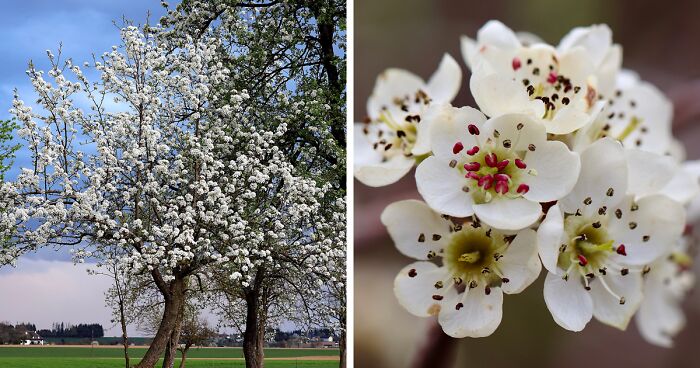
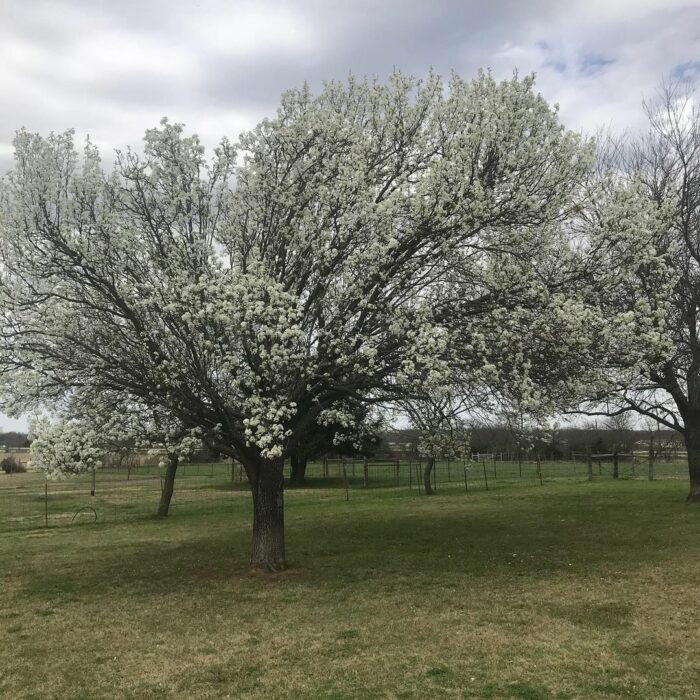
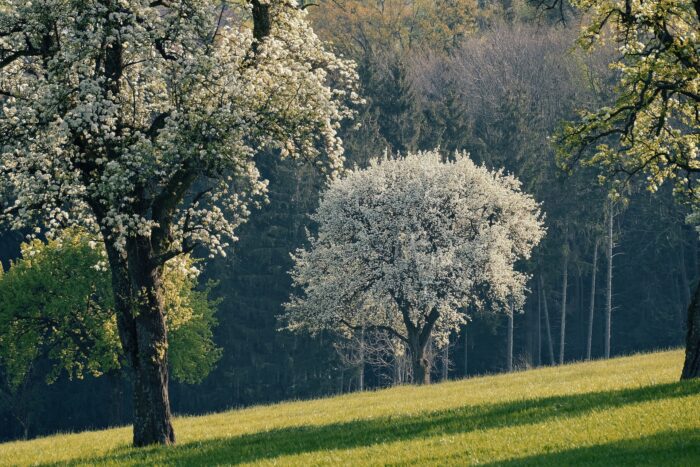
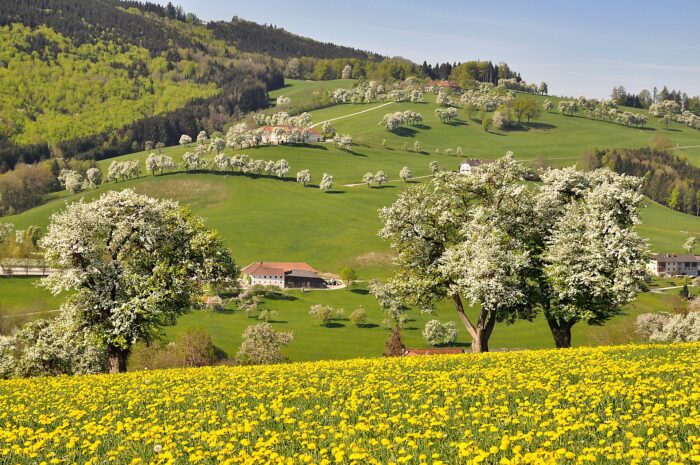
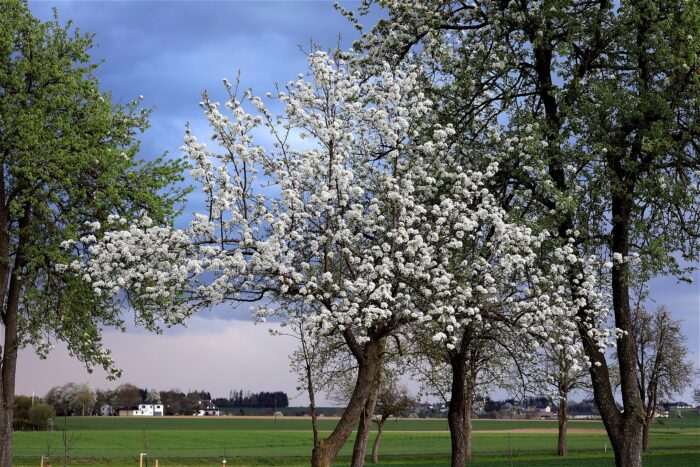
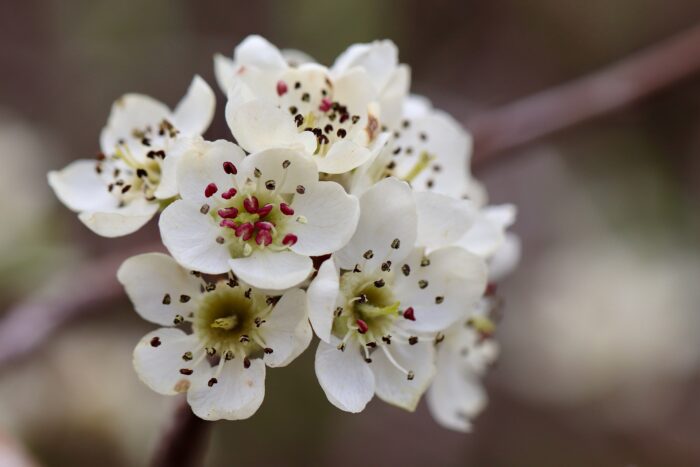
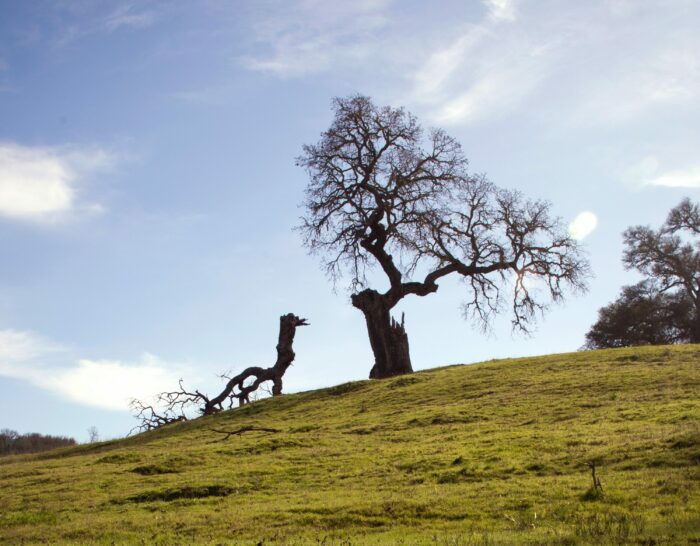
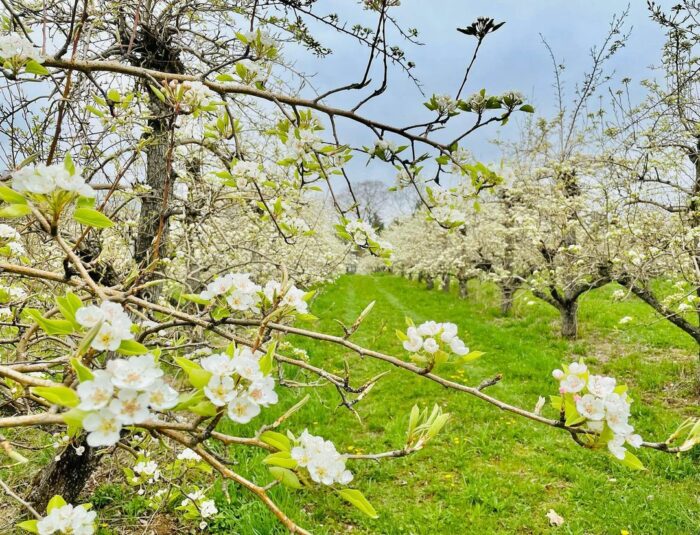
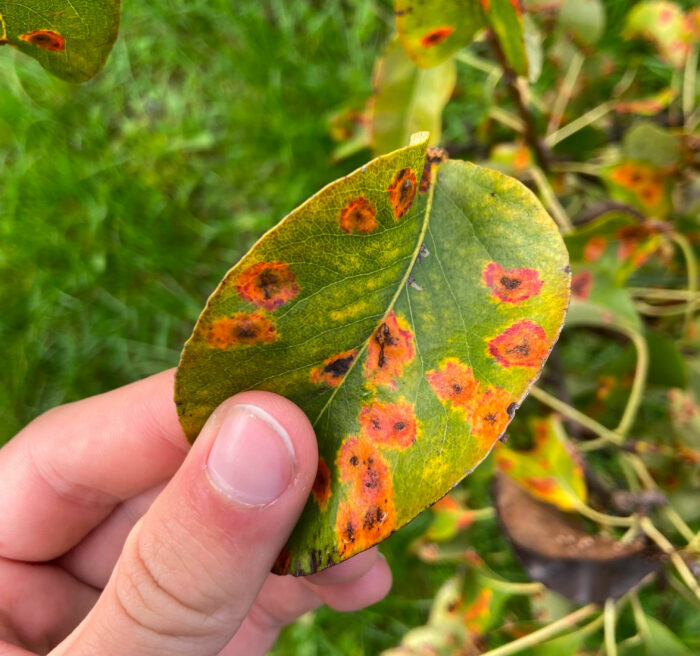
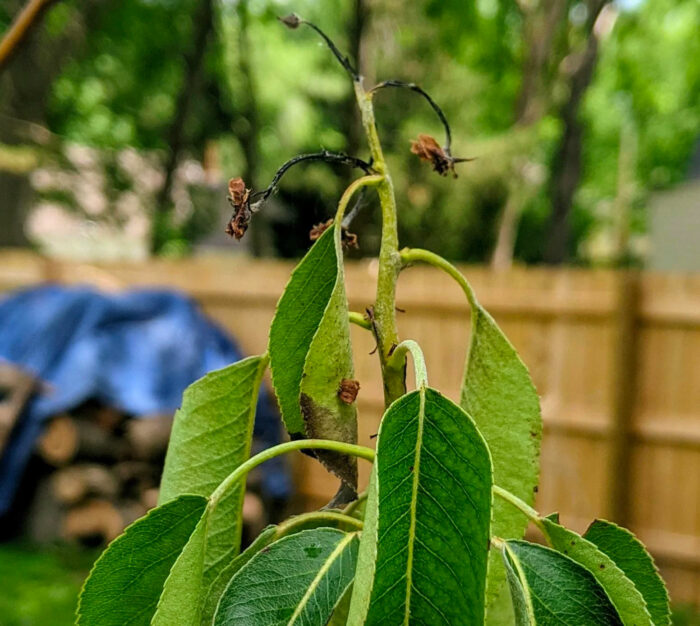
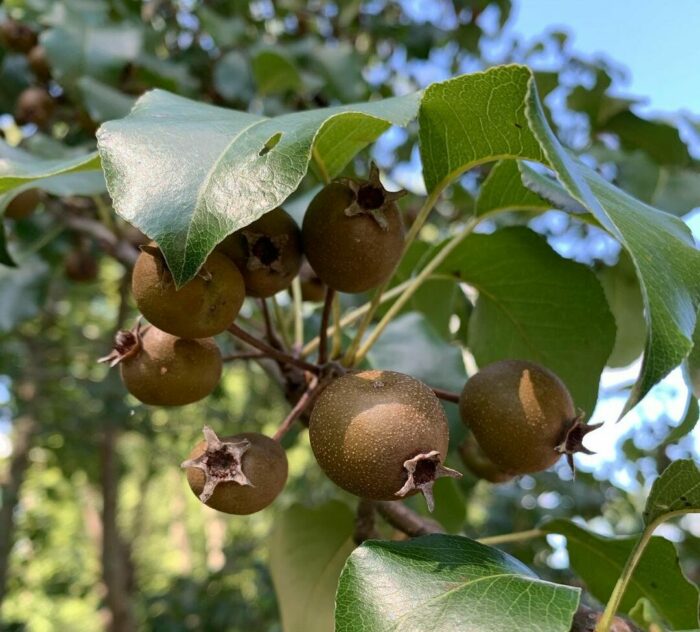
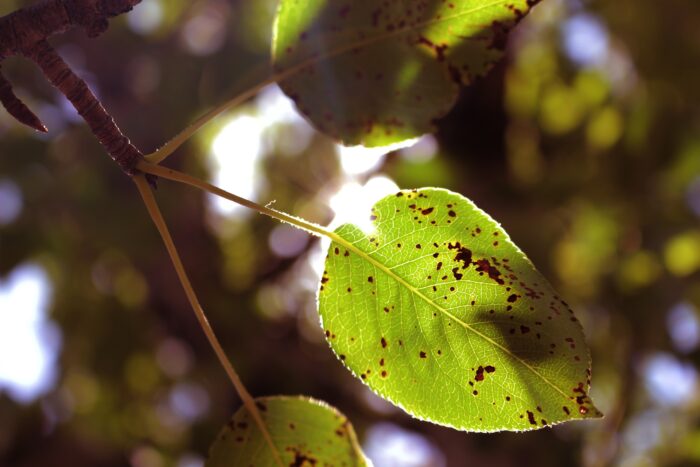
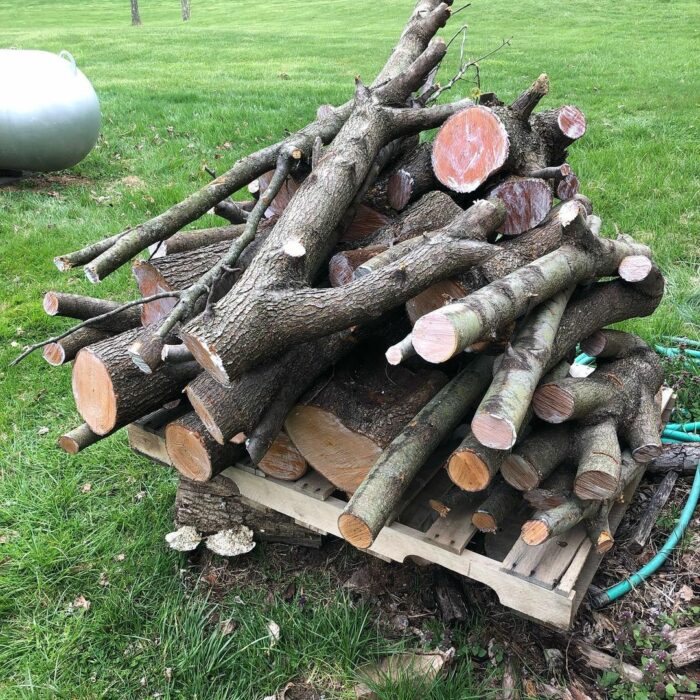
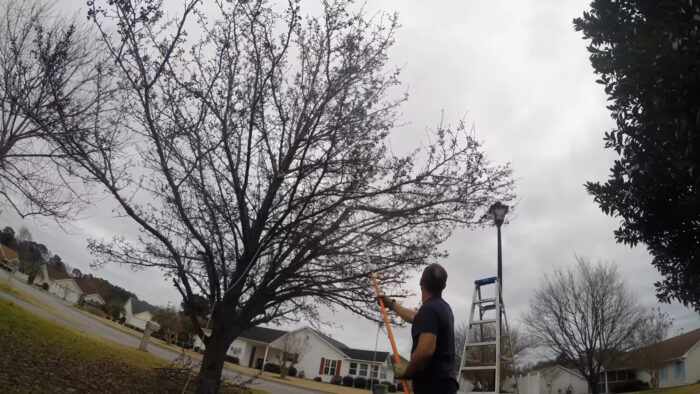
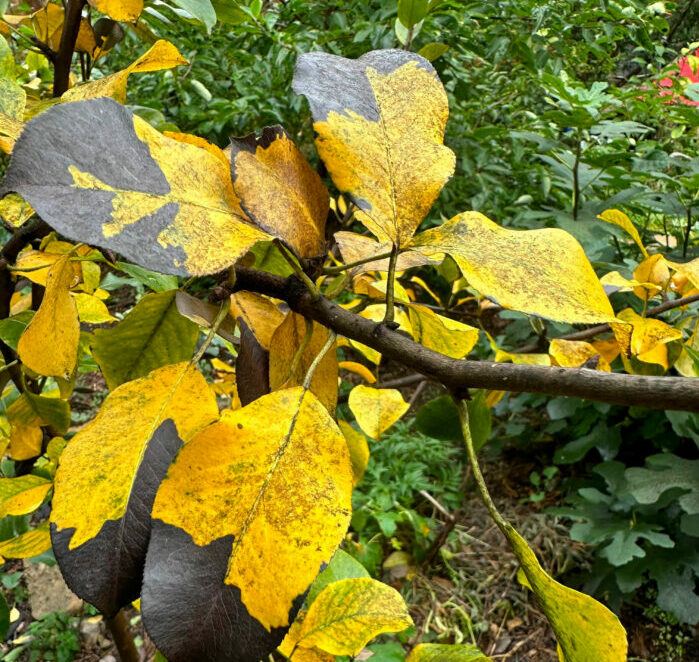
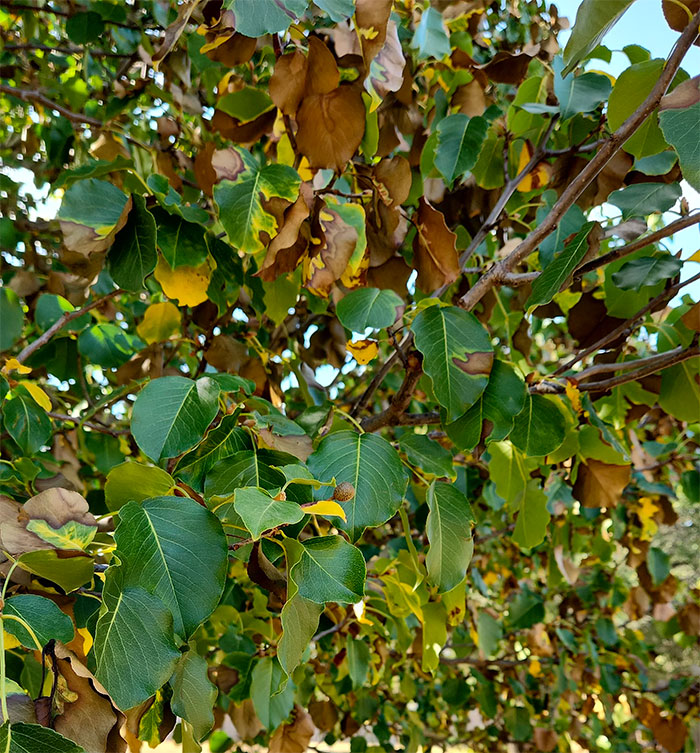
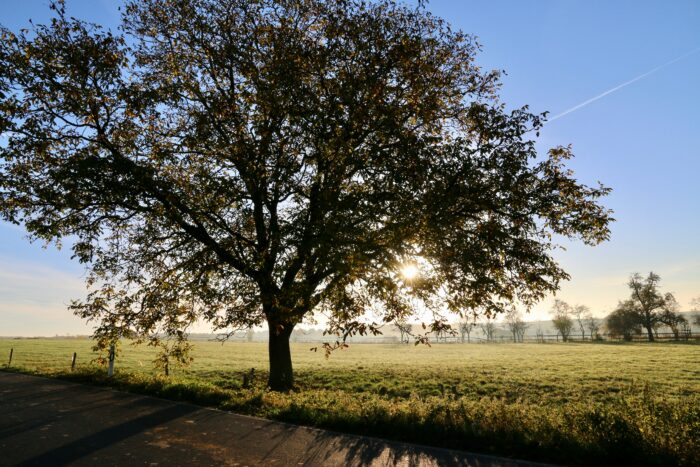
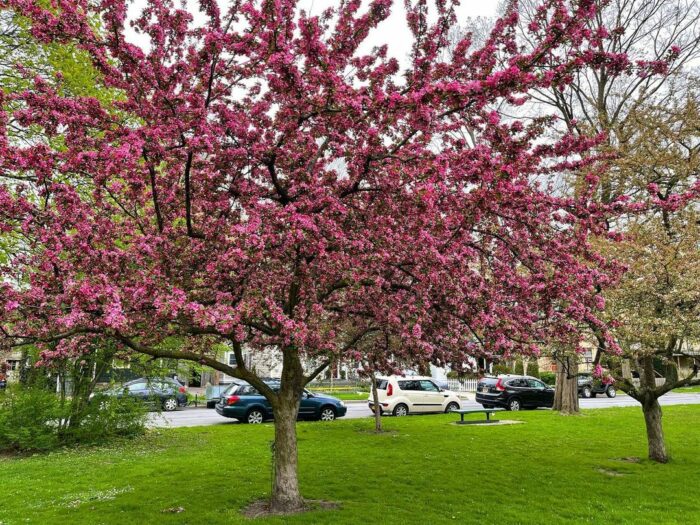
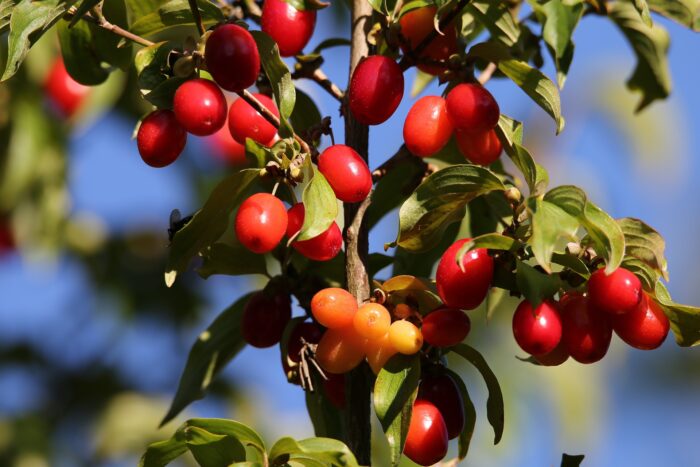













































14
2